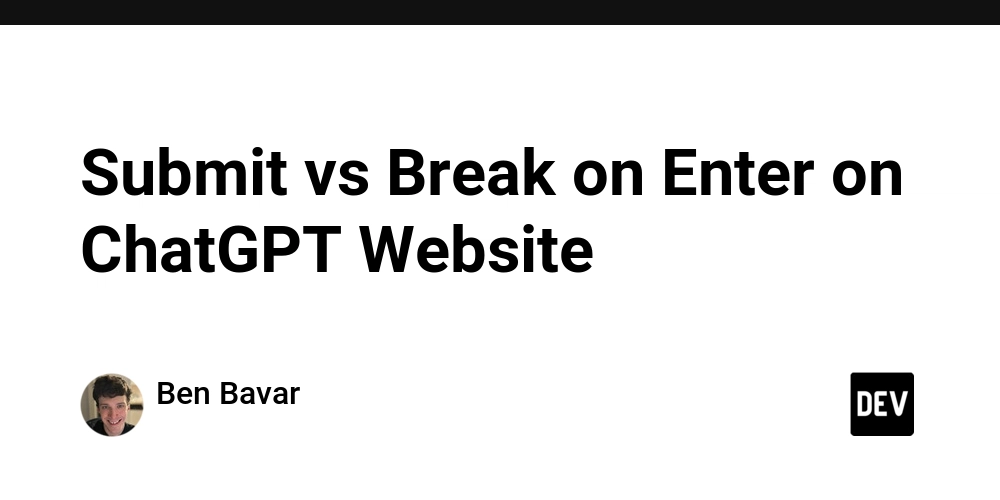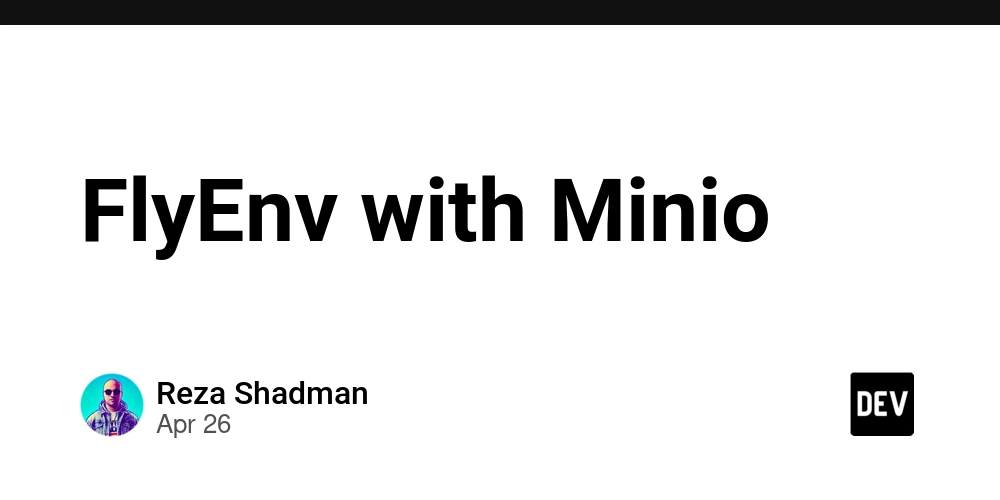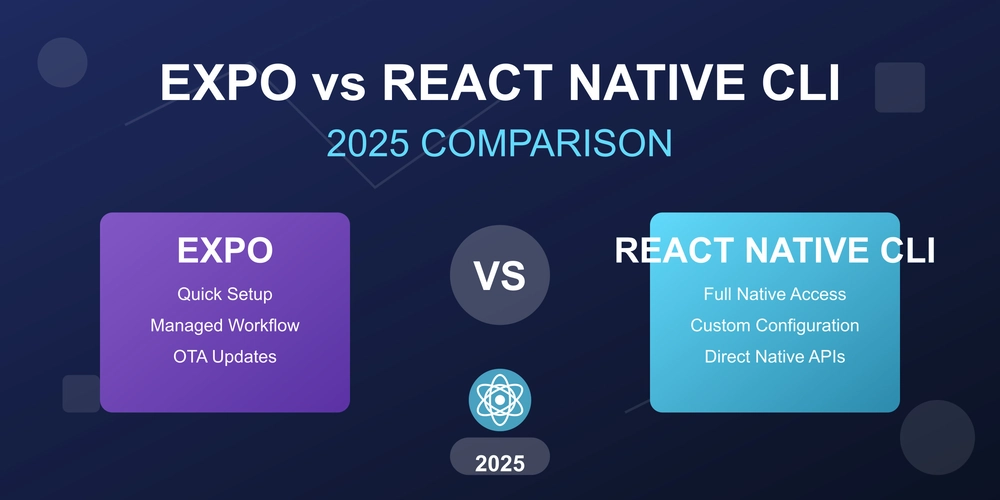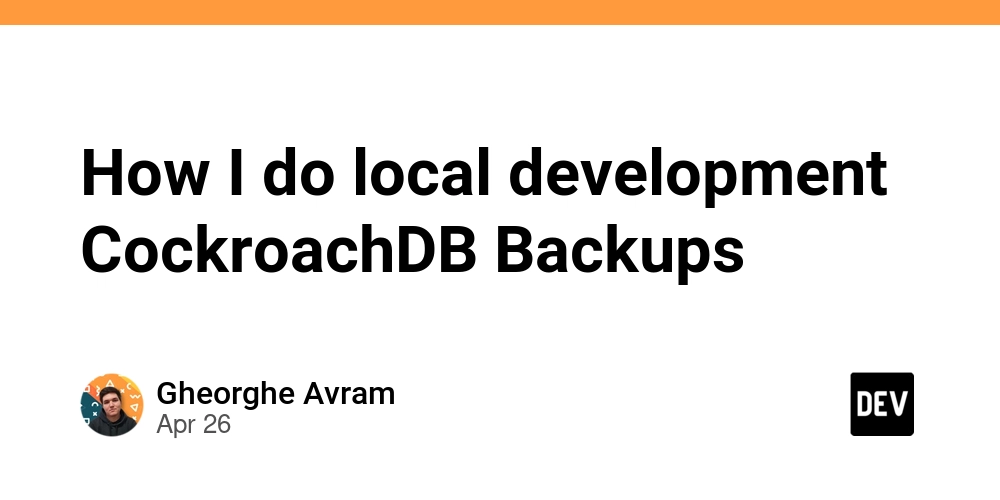
Spot Fake AI: How to Verify LLMs in Decentralized Networks and Boost Trust
Want to be sure you're getting the AI model you expect in a decentralized network? This article explores a groundbreaking method for verifying large language models (LLMs) and detecting fraudulent activity in decentralized AI networks. Learn how statistical analysis and cryptoeconomic incentives are changing the game.
The Verification Challenge: Ensuring Trust in Decentralized AI
Decentralized AI networks like Gaia promise enhanced privacy, reduced costs, and faster response times by allowing individuals to run LLMs on their own computers. But this system faces a critical challenge: how can we verify that nodes are actually running the models they claim to be? When a domain hosts 1000+ nodes, you need a reliable way to detect dishonest participants. Discover how a novel approach using statistical analysis and incentives ensures network integrity.
Why Traditional Cryptographic Methods Fall Short
Traditional cryptographic methods like Zero-Knowledge Proofs (ZKP) and Trusted Execution Environments (TEE) have limitations when applied to LLM verification at scale:
- Zero-Knowledge Proofs (ZKP): Require custom engineering for each LLM, are incredibly slow (100x slower than inference), and demand massive memory resources (25GB of RAM for a toy model).
- Trusted Execution Environments (TEE): Reduce CPU performance, lack widespread GPU support, and can't guarantee the verified model is actually serving requests. Distributing TEE private keys also demands specialized infrastructure.
Given these hurdles, cryptoeconomic mechanisms are a promising alternative. Staking and slashing can incentivize honest behavior via social consensus, creating a transparent decentralized network.
Unmasking LLMs: The Power of Statistical Analysis
The core idea is simple: analyze the answers from different nodes in the network. Honest nodes should produce similar responses, forming a tight cluster. Nodes running different models or knowledge bases will appear as outliers, exposing them as dishonest actors. Here's the mathematical formula that makes it all possible:
- Send questions (q) from set Q to models (m) from set M.
- Repeat each question n times per node.
- Convert each answer to a z-dimensional vector (embedding).
- Calculate mean points and distances between answer clusters.
- Measure consistency within a node's answers via standard deviation.
This empowers quantitative comparison between nodes, revealing statistical differences and distinguishing different models.
Real-World Testing: Experiments in Model and Knowledge Base Detection
To validate the hypothesis, researchers conducted two experiments:
Experiment 1: Spotting Different LLM Models
Set up three Gaia nodes with different open-source LLMs:
- Llama 3.1 8b (Meta AI)
- Gemma 2 9b (Google)
- Gemma 2 27b (Google)
Each model answered 20 factual questions repeated 25 times, generating 500 responses per model.
Experiment 2: Identifying Different Knowledge Bases
Configured two Gaia nodes with identical LLMs (Gemma-2-9b) but distinct vector databases:
- Knowledge base about Paris
- Knowledge base about London
Each knowledge base answered 20 questions about Paris and London, repeated 25 times. This resulted in 500 responses per knowledge base.
Distinct Response Patterns: Fingerprints of LLMs and Knowledge Bases
The experiments revealed compelling results about detecting fake LLMs:
- Different LLMs produce statistically distinct outputs. Distances between model pairs were 32-65x larger than variations within a single model!
- Different knowledge bases also create distinguishable response patterns, even with identical LLMs. Distances between knowledge base pairs were 5-26x larger than variations within a single knowledge.
This proves you can reliably identify models and knowledge bases by statistically analyzing their responses.
Factors You Need to Know When Identifying Digital Fingerprints
Several factors affect the outcome of statistical LLM verification:
- Family resemblance: Models from the same family are more similar.
- Knowledge base similarities: Similar knowledge bases produce more similar answers.
- Question effectiveness: Certain questions are better at differentiating models or knowledge bases.
Further research is needed to study hardware variations, load conditions, and model updates for reliable AI detection.
An Active Verification System (AVS): Incentives to Keep AI Honest
These detection strategies can be implemented in a decentralized network by combining statistical verification with cryptoeconomic incentives:
- Nodes flagged for inconsistencies risk suspension and stake slashing
- A tier of AVS nodes polls nodes to detect outliers running rogue LLMs
- New node onboarding can be automated and verified to enhance the network
The model works using operator sets, validator nodes, and a flagging system to penalize slow, timed-out or malicious actors. Nodes that are continually reliable across epochs receive regular AVS rewards.
The Future of Trustworthy AI: Making Decentralized Networks Reliable
Statistical analysis of LLM outputs offers a practical solution for verifying models and detecting fraud in decentralized AI networks. By combining statistical methods with economic incentives, these networks can achieve trust, quality, and scalability without relying on expensive cryptographic proofs or special hardware. This brings decentralized AI inference closer to reality, enabling privacy, cost-effectiveness, and greater access.

















